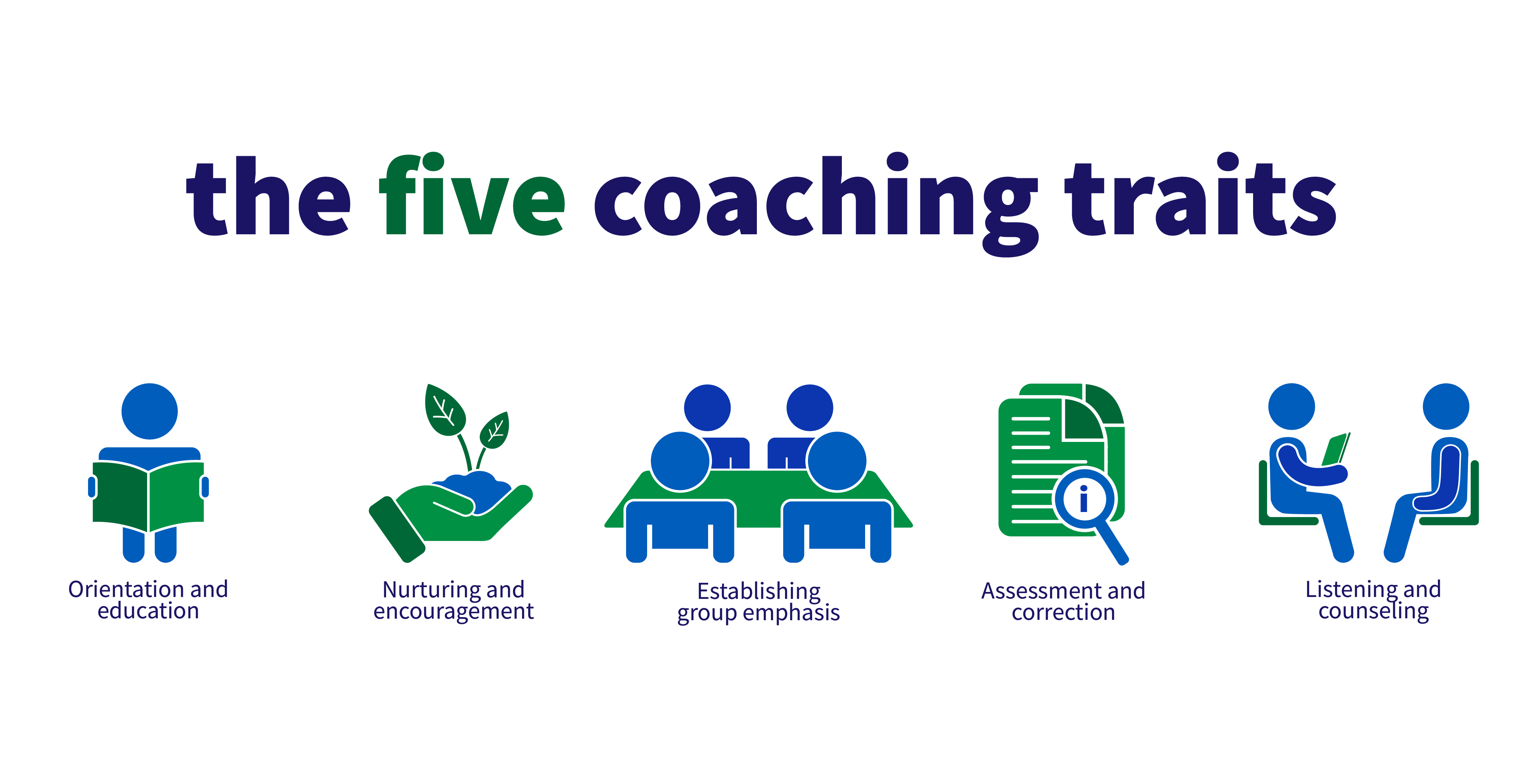9.2 Leadership Styles
Given the large amount of research done on leadership, it is not surprising that there are several different ways to define or categorize leadership styles. In general, effective leaders do not fit solely into one style in any of the following classifications. Instead, they are able to adapt their leadership style to fit the relational and situational context (Wood, 1977). One common way to study leadership style is to make a distinction among autocratic, democratic, and laissez-faire leaders (Lewin, Lippitt, & White, 1939).
These leadership styles can be described as follows:
- Autocratic leaders set policies and make decisions primarily on their own, taking advantage of the power present in their title or status to set the agenda for the group.
- Democratic leaders facilitate group discussion and like to take input from all members before making a decision.
- Laissez-faire leaders take a “hands-off” approach, preferring to give group members freedom to reach and implement their own decisions.
Thomas Harris and John Sherblom (1999) specifically note three leadership styles that characterize the modern business or organization, and reflect our modern economy. We are not born leaders but may become them if the context or environment requires our skill set.
- A leader-as-technician role often occurs when we have skills that others do not. If you can fix the copy machine at the office, your leadership and ability to get it running again are prized and sought-after skills. You may instruct others on how to load the paper or how to change the toner, and even though your pay grade may not reflect this leadership role, you are looked to by the group as a leader within that context. Technical skills, from internet technology to facilities maintenance, may experience moments where their particular area of knowledge is required to solve a problem. Their leadership will be in demand.
- The leader-as-conductor involves a central role of bringing people together for a common goal. In the common analogy, a conductor leads an orchestra and integrates the specialized skills and sounds of the various components the musical group comprises. In the same way, a leader who conducts may set a vision, create benchmarks, and collaborate with a group as they interpret a set script. Whether it is a beautiful movement in music or a group of teams that comes together to address a common challenge, the leader-as-conductor keeps the time and tempo of the group.
- A leader-as-coach combines many of the talents and skills we’ve discussed here, serving as a teacher, motivator, and keeper of the goals of the group. A coach may be autocratic at times, give pointed direction without input from the group, and stand on the sidelines while the players do what they’ve been trained to do and make the points. The coach may look out for the group and defend it against bad calls, and may motivate players with words of encouragement. Coaches are teachers, motivators, and keepers of the goals of the group. Coaches serve to redirect the attention and energy of the individuals to the overall goals of the group. We can recognize some of the behaviors of coaches, but what specific traits have a positive influence on the group?
Coaching

Thomas Peters and Nancy Austin (1985) identify five important traits that produce results:
- Orientation and education
- Nurturing and encouragement
- Assessment and correction
- Listening and counselling
- Establishing group emphasis
“76 Teamwork and Leadership” from Communication for Business Professionals by eCampusOntario is licensed under a Creative Commons Attribution-NonCommercial-ShareAlike 4.0 International License, except where otherwise noted.

